"It takes three years to grow flowers with water", as long as you learn to "watch" and find out the tricks, you can also be a "expert" in growing flowers
There is a proverb about flower-growing that goes "It takes three years to water flowers", which means that it takes three years of observation and exploration to truly master the trick of watering flowers. Yellowing leaves, rotten roots, and withering of flowers are mostly caused by improper watering.
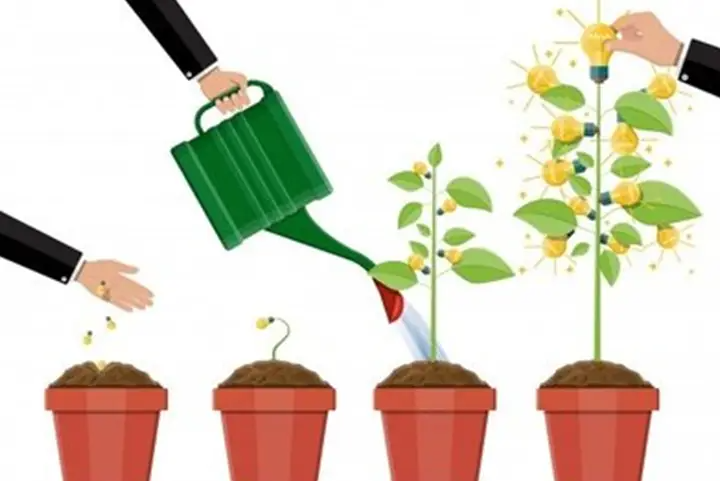
Just like a flower lover in the north, every time he waters the flowers, he is afraid of watering too much or too little. He can't control his hands. When he sees the surface of the pot is dry, he wants to water it. In the end, the flowers are not grown well, and he makes himself depressed.
In fact, although watering is the key to growing flowers, as long as you learn the "3 looks", it won't take long before you figure out the trick of watering. You will stay away from yellow leaves and rotten roots, and any flowers you grow will survive.
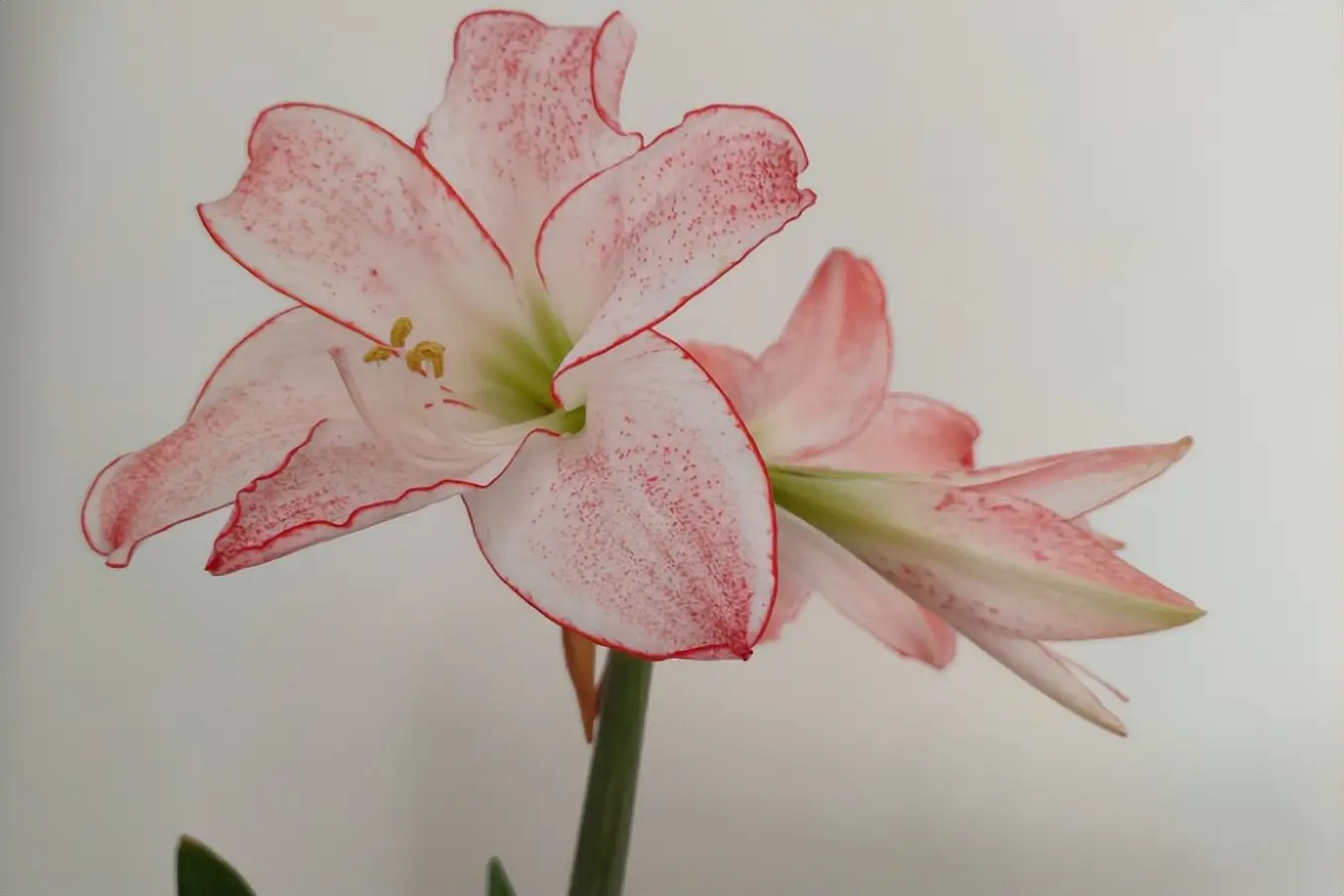
Flower viewing
Although plants cannot grow without water, different varieties of plants have different water requirements and cannot be treated the same.
For example, for drought-resistant flowers, their root systems are well-developed and their demand for water is relatively much less, because their components have the function of storing water. For example, the money tree, although its root system is not well-developed, its "big belly" can store water. Even if it is watered once a month, it will not dry up in a short time.
Therefore, when watering drought-tolerant flowers, you can follow the principle of "don't water unless the weather is dry" or "better dry than wet". Watering too much will cause yellow leaves, rotten roots, or even withering.
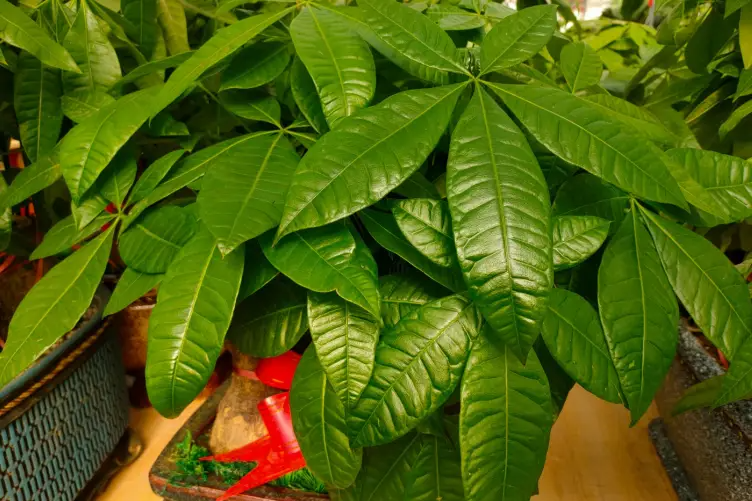
As for flowers that like moisture, they are not drought-tolerant and require more water. If the soil in the pot is too dry, it will affect its growth and flowering. For example, potted hydrangeas, especially in summer, are like "big buckets". If you don't water them for two days, their heads will "droop" and the leaves will also give you a "face".
Therefore, when watering flowers that like moisture, you need to replenish water in time if the soil in the pot is dry. Of course, this does not mean that they are not afraid of waterlogging. Too much watering or waterlogging will also cause root rot.
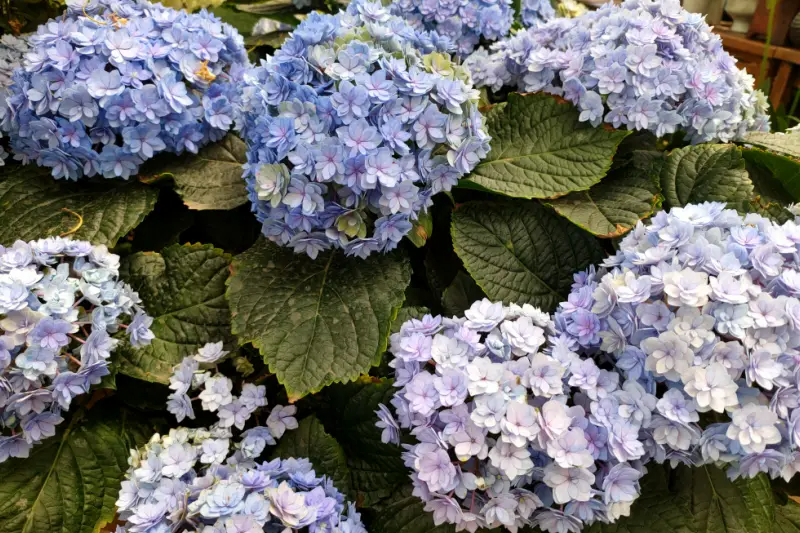
For example, some flowers with fleshy roots can store water in their roots and have a certain degree of drought resistance, but if the water is controlled excessively, the roots will dry up due to the lack of water for a long time. If you water them too much, the roots will easily rot.
Therefore, for this type of flower, when watering, you can follow the principle of "water thoroughly when dry", and avoid over-watering or excessive water control.
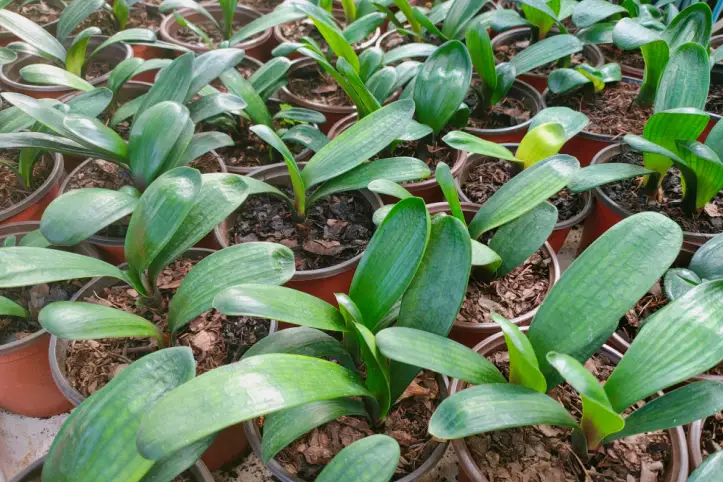
Look at the basin
Watering also depends on the flowerpot used to plant flowers. Whether watering is needed should be determined based on factors such as the material, size, and depth of the flowerpot. Because flowerpots of different materials have different air permeability and drainage, the speed at which the soil in the pot dries after watering is also different. Even flowerpots of the same material will have different watering frequencies due to different sizes and depths.
For example, according to the air permeability of flower pots, clay pots should be ranked first, followed by ceramic pots and purple clay pots, and porcelain pots have the worst air permeability. When planting flowers, you should naturally choose flower pots with good air permeability. No matter how beautiful the flower pots with poor air permeability are, try to use them as little as possible.

There is another point that novice flower lovers cannot ignore, that is, even if it is the same variety of flowers, when planting, the materials and sizes of the flower pots chosen are different, and the watering should also be different.
Take Christmas cactus as an example. The Christmas cactus in the picture above is planted in a clay pot, which has good air permeability. The soil dries quickly after watering. The Christmas cactus in the picture below is planted in a plastic pot, which is definitely not as air permeable as the clay pot, so the soil will not dry as quickly as the soil in the clay pot. Even if these two pots of Christmas cactus are placed together, they should be treated differently when watering to avoid stem rot.
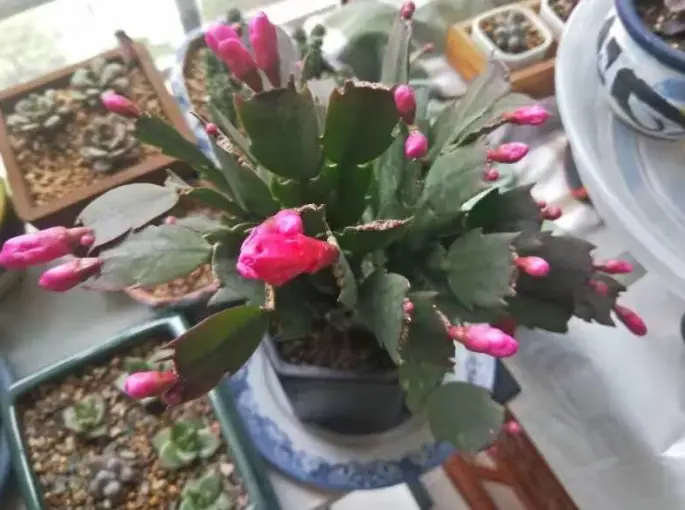
Check the weather
There are many types of weather, including sunny days, cloudy days, heavy rain, moderate rain, etc., but for growing flowers, they are basically divided into sunny days, cloudy days and rainy days, because there are differences in watering flowers in these weather conditions.
On sunny days, there is plenty of sunlight, water evaporates quickly, and the soil in the pot dries quickly. In this weather, watering is more frequent. On cloudy days, there is no sunlight, and the air humidity is higher than on sunny days. Water will naturally evaporate more slowly, so you don't need to water or water less.
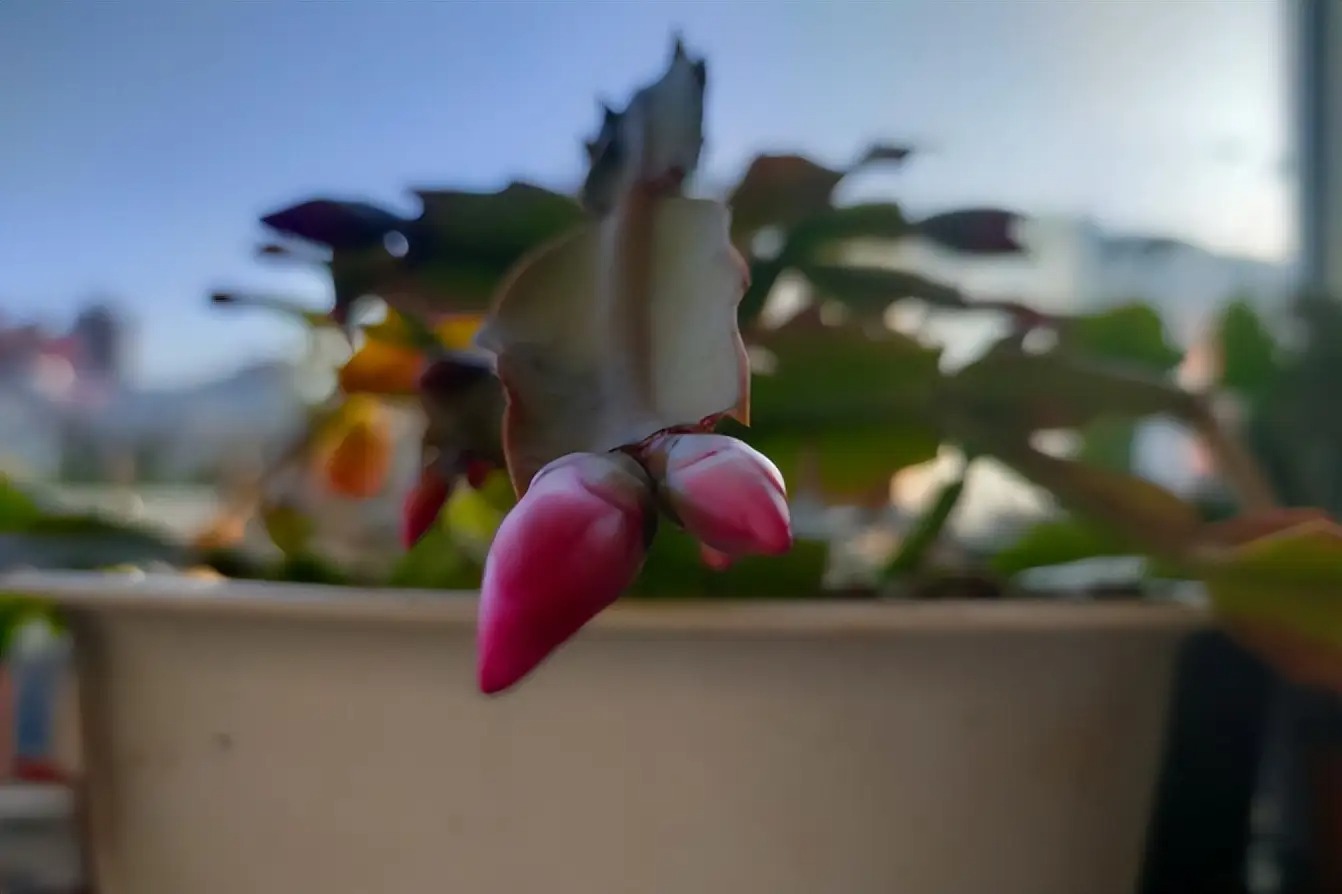
If the weather forecast predicts rain, whether it is heavy rain or light rain, there is no need to water the plants, because the air humidity is high when it rains, and the rain will also moisten the soil. If you water them again, it will be unnecessary.
Even if you are keeping the flowers indoors, try not to water them on rainy days because the air humidity is high and the water evaporates very slowly. After watering, the soil in the pot will be too wet, which will affect the breathing of the flower roots. Even if there is continuous rainy weather, the excess water in the soil in the pot will not evaporate for a while, which will cause yellow leaves and root rot.
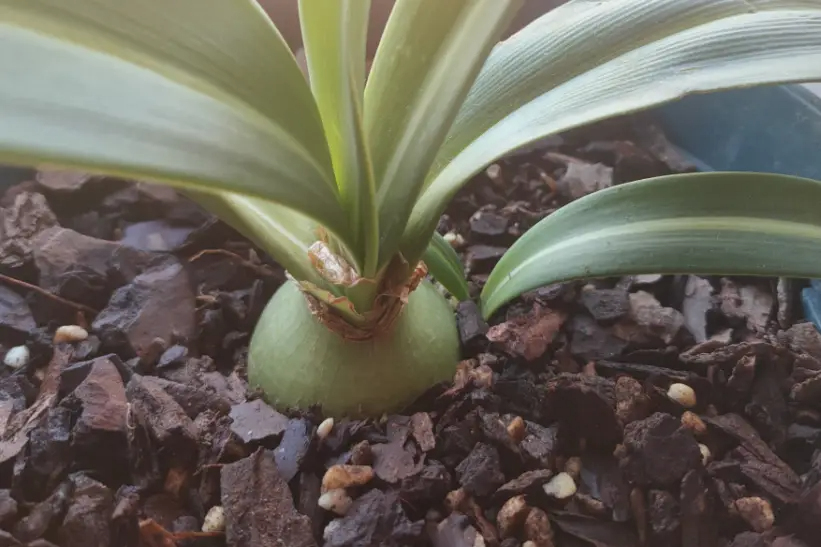
To sum up, Hongxiu feels that when watering flowers, you need to observe three aspects: the plant's preference for water, the pots it is planted in, and weather conditions, and then decide whether watering is needed. As long as you master these tips, you will become a "master" in growing flowers, and you will be able to make any flowers survive.